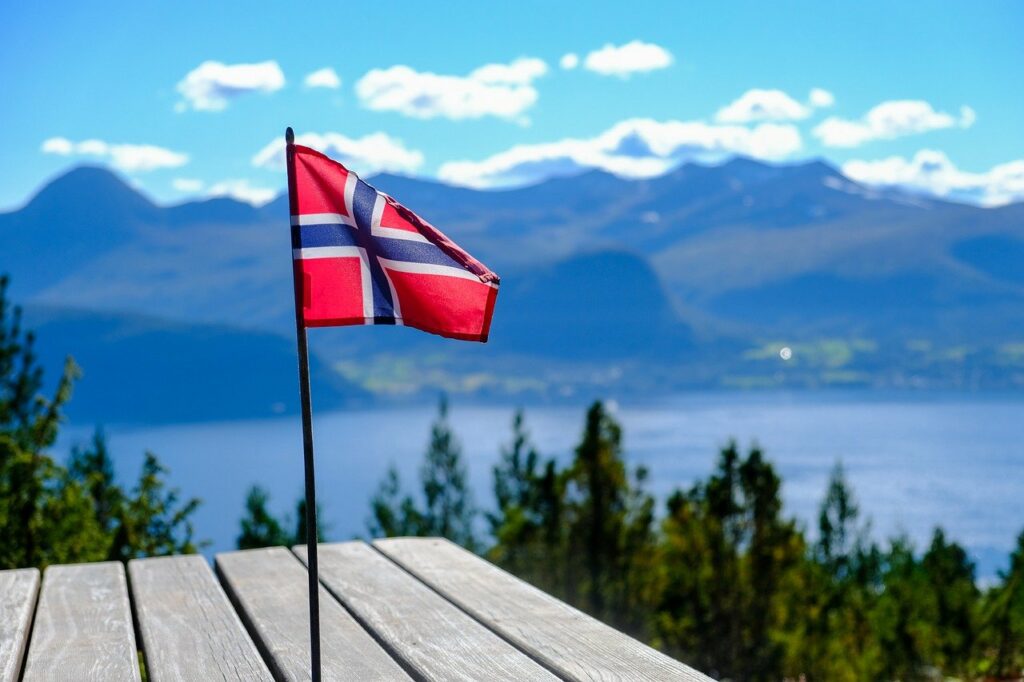Norway’s recent policy shift in the energy sector marks a pivotal moment for both the national and regional electricity grid dynamics.
The government’s decision to reject new interconnector proposals until 2029 underscores a strategic hesitation towards further integration with wider EU energy directives. Prime Minister Jonas Gahr Store, jointly with Energy Minister Terje Aasland, announced a landmark shift by setting a fixed power price of NOK 400/MWh (approximately EUR 34/MWh) for households. This move aims to shield consumers from the volatility that has characterized the market in recent years, particularly within Norway’s five bidding zones, where notable disparities in power pricing have been observed—often with the southern regions incurring higher costs.
This policy adjustment comes on the heels of the Centre Party’s withdrawal from the government, a schism precipitated by disagreements over EU energy directives. Interestingly, while Norway remains committed to implementing key directives from 2019, it has drawn a line against adopting additional measures from the Clean Energy Package, at least until the decade closes.
In parallel, the government’s announcement includes a reduction in the VAT on grid fees from 25% to 15%, beginning July. This move, while economically beneficial for consumers, also reflects an attempt to address the financial burdens imposed by energy transmission costs. Additionally, the planned introduction of fixed one-year household power contracts from October 1 signals a more consumer-centric approach, potentially stabilizing household energy expenditures.
The impacts of these decisions have rippled across the market. Particularly, the immediate aftermath of the announcement saw a significant drop in the shares of domestic power supplier Elmera, plunging by 15%. Such a reaction underscores the market’s sensitivity to governmental policy changes, particularly those that could reshape the competitive and operational landscapes for energy providers.
These developments invite a reevaluation of Norway’s broader energy strategy, especially considering the geographical challenges and the differentiated energy needs across the country’s regions. The timing of these announcements also intersects with the upcoming national elections, which may further influence governmental energy policies. Industry commentators have noted the interplay of these policies with political motives, suggesting that the moves could be seen as strategies to garner electoral support amidst a populace concerned with escalating energy costs.
Thus, Norway’s stance presents a case study in balancing domestic energy stability against broader integrationist policies, with implications that may extend beyond its borders. The adjustments not only influence Norway’s internal energy market but also resonate within the larger discourse on energy independence and regional cooperation within Europe.
Stay updated on the latest in energy! Follow us on LinkedIn, Facebook, and X for real-time news and insights. Don’t miss out on exclusive interviews and webinars—subscribe to our YouTube channel today! Join our community and be part of the conversation shaping the future of energy.





